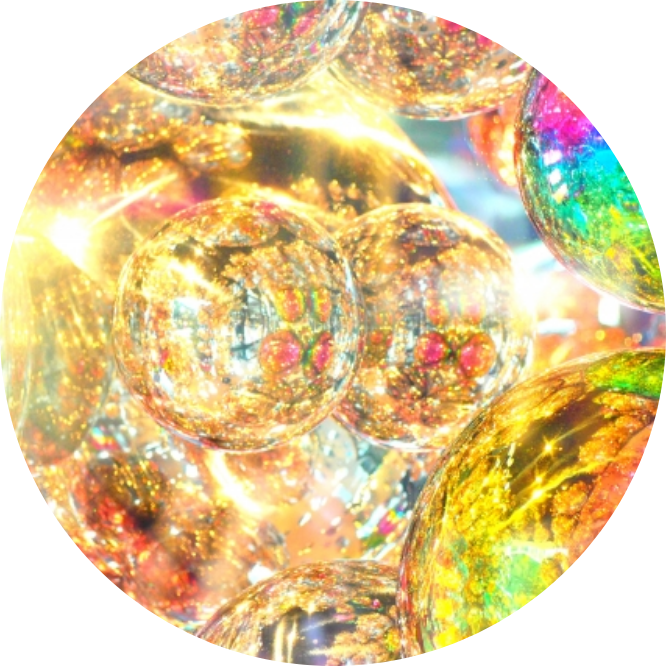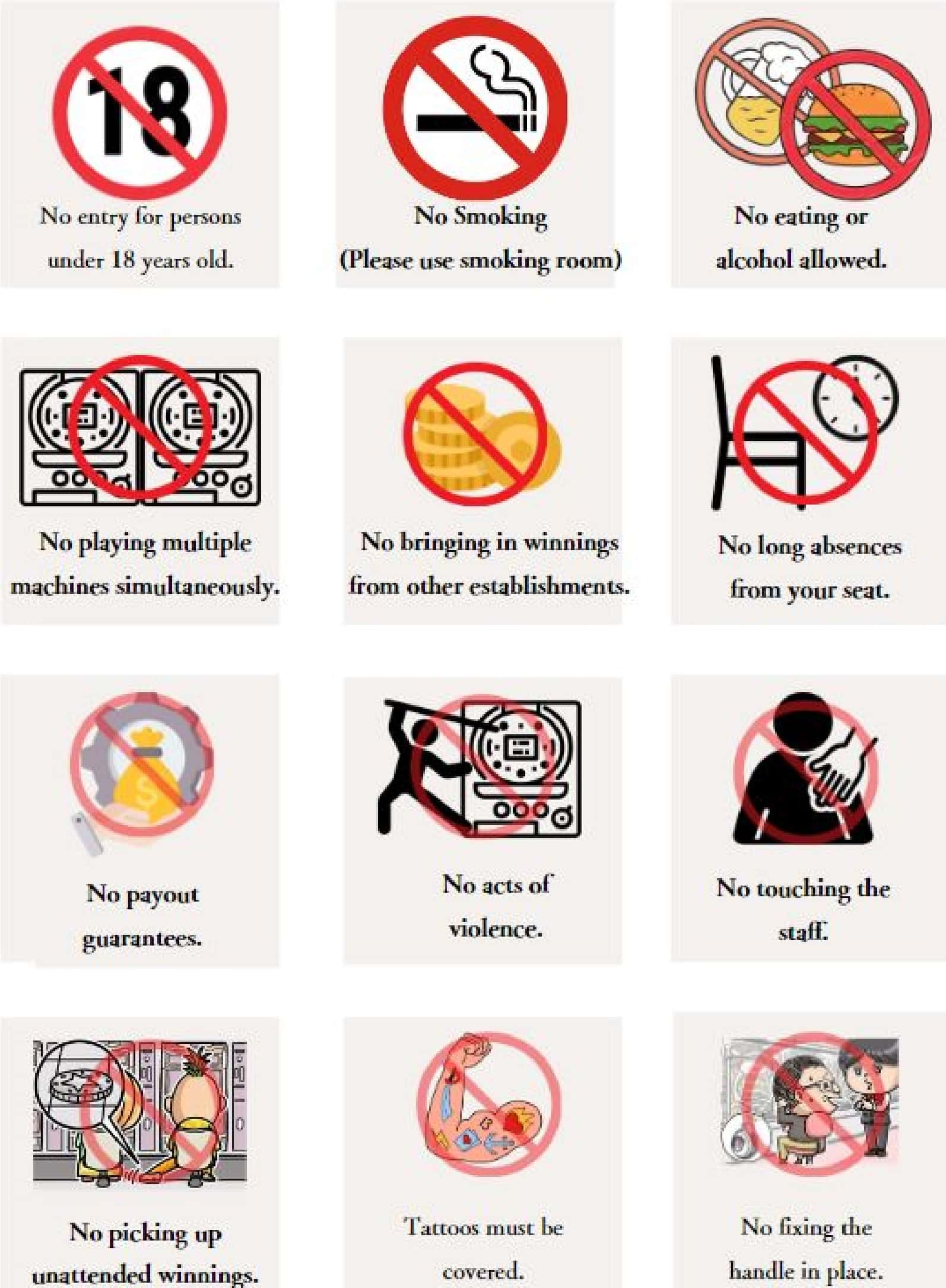
What is Pachinko and Pachislot?

Basics of Pachinko
History of Pachinko
-
1925
Pachinko, as it is known today, evolved uniquely in Japan from wall machines imported from Europe during this period.
-
1930
The first licensed pachinko parlor opened in Nagoya categorized as a type-1 amusement business.
-
1936
Pachinko became widely popular in Kochi, leading to the opening of 35 parlors within six months.
-
1937
The modern steel-ball pachinko machine made its debut.
-
1942
During wartime, pachinko was deemed a non-essential industry and banned. Parlors were closed, and machines were disposed of.
-
1946
After the war, the ban on pachinko was lifted, allowing for its resurgence.
-
1948
The Entertainment Establishment Control Law was enacted, making pachinko a licensed activity. The "Masamura Gauge" was introduced.
-
1949
Ball rental fees increased from 1 yen to 2 yen.
-
1951
A legal amendment prohibited entry to those under 18.
-
1952
Tokuharu Kikuyama developed the all-20-shot machine (machine-gun style).
-
1953
The first continuous play machine with an auto-fire rate of 160-180 balls per minute was introduced.
-
1954
Rapid-fire pachinko machines were banned.
-
1960
The revolutionary "Tulip" type machine was introduced, including remote control functionality for the first time.
-
1963
Medal-style pachinko machines appeared.
-
1965
A gaming machine, the precursor to pachislot, was introduced.
-
1972
Electric handles were approved, and ball rental fees rose from 2 yen to 3 yen.
-
1978
Ball rental fees increased from 3 yen to 4 yen.
-
1979
"Pachinko Day" was established (November 14 each year).
-
1980
The foundational type of modern digital pachinko machines appeared.
-
1981
The foundational type of modern "wing-style" machines appeared.
-
1982
The first rights machines were introduced.
-
1986
The "National Pachinko and Pachislot Fan Appreciation Day" was established.
-
1992
The first CR machines were introduced.
-
1996
Regulation changes limited continuous CR odds-change machines to a maximum of 80 rounds (5-round limiter) and banned certain short-time features and repeated loops. The minimum bonus odds were set to 1/360.
-
1999
Regulation changes removed the 5-round limiter, setting a minimum bonus odd to 1/320 for machines with a prize ball count of 5.
-
2002
Regulations allowed for a minimum bonus odd of 1/360 and allowed for shortened time after bonus.
-
2004
Revised regulations abolished specific machine types, restricted handle vibrators, skip lottery animations, and continuous predictions. The minimum prize ball count was reduced to 3.
-
2005
Adjusted regulations set the minimum bonus odds to 1/400.
-
2006
Revised laws prohibited payout guarantees during closing or in case of technical issues.
-
2008
Continuous prediction effects, previously banned, were reallowed without timing adjustments.
-
2009
Machines could exclude "no-payout" bonus from odds calculations, maintaining a minimum odd of 1/400.
-
2010
Machines had to ensure "no-payout" bonus were less than one-eighth of the maximum payout and excluded from odds counts.
-
2011
"No-payout" bonus had to be less than one-fourth of the maximum payout, with limited frequency to 1/1.3 of regular bonus. Public advertising restrictions were also enforced.
-
2014
Consumption tax changes allowed separate display on ball rental fees, raising the maximum rate to 4.32 yen.
-
2015
JAMA introduced the "Addiction Countermeasures Agreement," enforcing new regulations, including the prohibition of certain special winning modes and revised minimum bonus odds.
What is the fun of pachinko?





HOW TO PLAY






Aim for the sweet spot in the upper left to get the balls into the lower center pocket, which is the primary goal.




WARNING: If you don't get a ball into the V-pocket, the Bonus will be lost!


球抜(Drop Balls) button is at near by lower tray but depends on machine, check with staff if you don`t find any.



2.Ensure all the balls are counted in your card
3.Press the Return(返却)button to retrieve your card.
4.Don't forget your belongings! If you are temporarily leaving your seat, use the provided absence cards or break tags (please ask the staff for more details).
5. Get to prize counter to exchange the balls to your favorite prize!
Type of Pchinko








Rules in Parlor
If you have any questions, please feel free to ask the staff.

Safety and Security


















